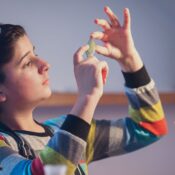Unlock the Importance of Non-Classroom Learning Environments
Education isn’t confined to the four walls of a traditional classroom. It’s vital to unlock the importance of non-classroom learning environments that play an invaluable role in student development, offering hands-on experiences that spark creativity, critical thinking, and teamwork. Spaces like music rooms, athletic facilities, and science labs allow students to explore their interests and apply what they’ve learned in practical, real-world ways.
In this article, we’ll explore why these educational environments are essential and how they contribute to a well-rounded student experience.
Why Non-Classroom Learning Environments Matter
Non-classroom learning environments open doors for students to dive into their interests in ways a traditional classroom often can’t. A music room might be where a student first picks up a guitar and discovers a new way to express themselves. In a science lab, they could mix chemicals and watch a reaction unfold, igniting a curiosity that fuels a lifelong love for discovery. These types of diverse learning spaces help kids uncover passions that might otherwise stay hidden in a typical classroom setting, giving them a chance to grow in unique ways.
Beyond academics, these alternative learning settings support physical and social growth. Athletic facilities like gyms and sports fields encourage teamwork, discipline, and health, while outdoor spaces teach environmental awareness. By prioritizing these educational environments, schools show they care about the whole child and not just their test scores.
Enhancing Student Development in Diverse Learning Spaces
Music Rooms: Cultivating Creativity and Confidence
Music rooms are a cornerstone of non-classroom learning environments, offering a creative escape where students can truly express themselves. Whether they’re learning to play the violin or singing in a choir, these activities sharpen memory, improve focus, and even boost math skills.
The National Association for Music Education highlights that students in music programs often excel academically and build stronger social skills through collaboration. A 2012 study in Educational Studies in Mathematics found that third-graders who worked on rhythms and patterns in music lessons significantly improved their understanding of fractions, showing how music can make abstract mathematical concepts more concrete.
More than that, music provides an emotional outlet. A shy student might find confidence by writing their own songs, while another learns leadership by guiding a band rehearsal. Music also teaches patience and perseverance. Mastering an instrument takes time and dedication, which builds discipline and time-management skills that carry over into other areas of life. For many kids, the music room becomes a safe haven where they can take creative risks without fear of judgment, offering a space to explore their emotions through sound.
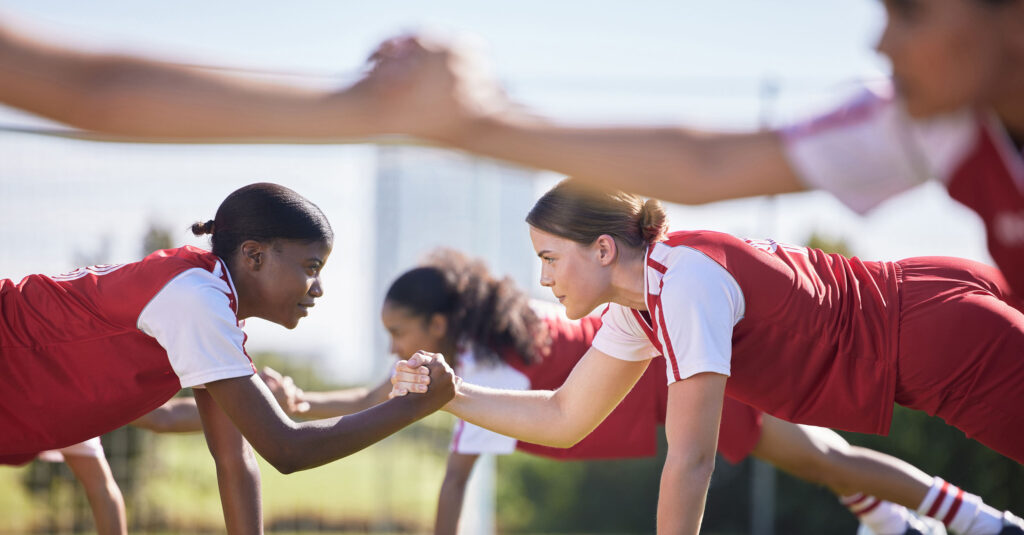
Athletic Facilities: Building Character and Resilience
Athletic facilities are another key piece of non-classroom learning environments, giving students a place to stay active and build character. Gyms, tracks, and sports fields are for more than exercise. They’re where kids learn teamwork, perseverance, and leadership. Physical activity also reduces stress and improves focus, which is crucial for a child’s overall health. A study from the Centers for Disease Control and Prevention (CDC) found that students who engage in regular physical activity perform better in school and show higher levels of focus and discipline.
Students on a soccer team, for example, learn to communicate effectively during matches by passing the ball and coordinating plays. They also develop resilience by practicing after a tough loss, which helps them tackle challenges in other areas of life, like staying motivated in a difficult class. These lessons in discipline and teamwork are invaluable for student development. Athletic programs also create a sense of community where students bond over shared goals, whether they’re running laps together or cheering from the sidelines during a big game.
Sadly, not all schools have the resources to maintain top-notch athletic facilities. A worn-out track or a gym with broken equipment can severely limit opportunities for kids.
Science Labs: Sparking Curiosity and Innovation
Science labs bring learning to life in a way that textbooks can’t, making them a vital part of non-classroom learning environments. Picture a student watching a chemical reaction bubble and change color during a chemistry experiment, or dissecting a frog in biology class to understand anatomy firsthand. These experiences don’t just teach science, they ignite curiosity and a genuine love for discovery.
According to the National Science Foundation, which supports research highlighted by the National Science Teaching Association, hands-on lab work can significantly boost interest in STEM, with studies suggesting that experiential learning fosters greater engagement in science-related fields. The NSTA’s STEM Education Teaching and Learning Position Statement further notes that kids with practical experience, such as lab activities, tend to score higher on tests and retain information longer, backed by evidence showing improved academic performance and sustained understanding among students exposed to hands-on methods.
Labs also sharpen critical thinking and problem-solving skills. When students design experiments, test hypotheses, and analyze results, they learn to think like scientists. A high school physics lab, for instance, might involve building a small circuit to power a light bulb, helping students see how theoretical concepts apply in real life. Working in pairs or groups also builds teamwork skills, preparing students for collaboration in future careers. Adding maker spaces, robotics labs, or environmental science areas can take engagement even further, equipping kids for STEM fields.
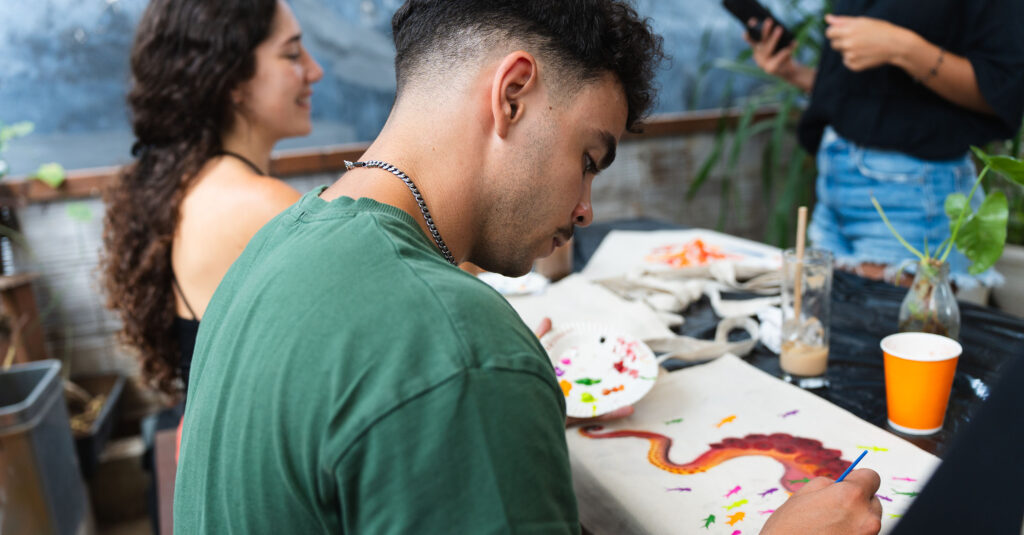
Art Studios: Encouraging Self-Expression
Art studios are a special place for students to let their imaginations run wild and express themselves in ways a regular classroom can’t match. Whether they’re painting a canvas, sculpting clay, or experimenting with digital media, kids tap into their creativity and hone problem-solving skills.
Research supported by the American Alliance for Theatre & Education shows that kids involved in theatre and the arts can experience significant boosts in academic performance, particularly in literacy skills like reading comprehension. For instance, younger students often enhance their reading abilities through creative activities like dramatizing stories, blending imagination with learning, which aligns with findings that theatre engagement fosters measurable academic growth.
Beyond grades, art is like therapy for many students, helping them work through emotions and build confidence. A teenager dealing with anxiety might find calm in sketching, while another gains self-esteem by seeing their artwork displayed at a school exhibit. Schools with strong arts programs often notice kids are more engaged and happier overall, but funding for supplies like paint, brushes, and software can be tight.
Outdoor Learning Spaces: Connecting Education with Nature
Outdoor learning spaces like school gardens, nature trails, and open-air classrooms offer students a refreshing twist on education, immersing them in hands-on lessons about science, ecology, and sustainability. Think digging in soil to study plant growth or walking a trail to observe ecosystems firsthand.
Research shows that time in nature sharpens focus, reduces stress, and enhances cognitive skills, making learning stick. A 2018 study in Frontiers in Psychology found that middle school students who had a science lesson outdoors showed greater engagement, like staying on task and participating more, compared to peers who learned the same material indoors, suggesting nature boosts both attention and effectiveness.
Beyond the brain boost, these spaces help kids appreciate the environment, stay active, and work together. A group of students planting vegetables in a school garden might learn teamwork while figuring out how to share tools and space. It’s a great way to make lessons feel real and meaningful, connecting book knowledge to the world around them. Maintaining these areas takes resources. Gardens need tools and trails need upkeep.
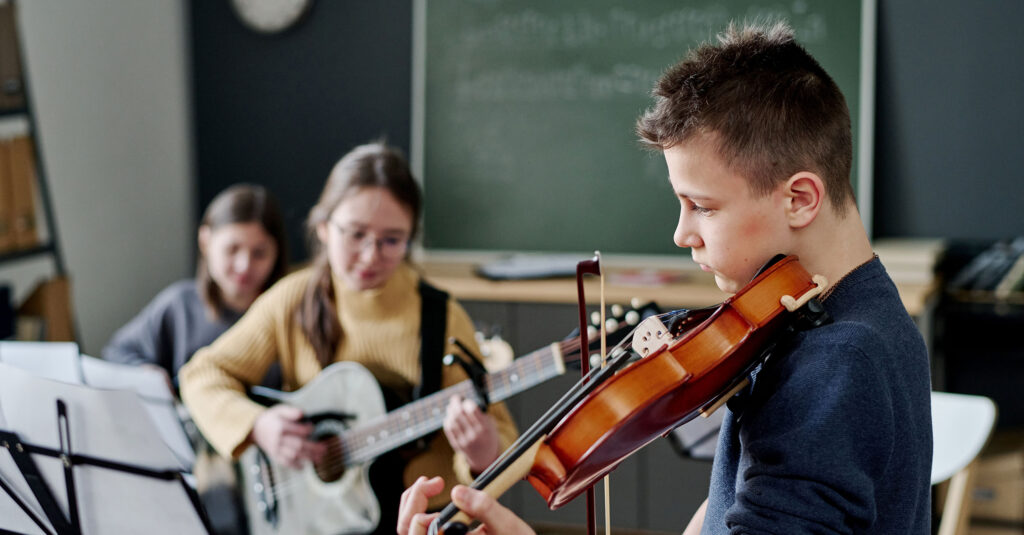
The Importance of Supporting School Facilities
Maintaining diverse learning spaces is a challenge, especially for schools with increasingly tight budgets. Music rooms need instruments, athletic facilities require equipment, science labs depend on materials, and theater rooms need props and lighting. Without proper funding, these educational environments can fall into disrepair, limiting opportunities for kids. This is why the importance of non-classroom learning environments demands real, actionable support from communities.
Platforms like TeacherGiving play a crucial role in bridging this gap. They allow educators to crowdfund resources, from microscopes to sports uniforms. When communities contribute, they show they care about student development.
How Teachers Can Bring Awareness of Needs Through TeacherGiving
Teachers are often the first to recognize when facilities need improvements. A music teacher might notice students sharing a single keyboard, or a coach may see a worn-out track. By creating a campaign on TeacherGiving, they can rally community support to secure necessary resources.
Community involvement is equally vital. When parents, businesses, and local organizations contribute, they affirm the importance of non-classroom learning environments. A small donation can provide art supplies, while a larger contribution might fund new gym equipment. These efforts collectively ensure that students benefit from diverse learning spaces.
Creating a Balanced Educational Experience Through Non-Classroom Learning Environments
The importance of non-classroom learning environments lies in creating a balanced educational experience. Traditional classrooms teach core subjects, but spaces like music rooms, science labs, and athletic facilities foster creativity, critical thinking, and personal growth. These experiences are essential for shaping well-rounded individuals prepared for future challenges.
By prioritizing diverse learning spaces, schools can provide students with the resources they need to succeed. With TeacherGiving, communities can come together to ensure these spaces remain available and well-maintained for generations to come.
Share:
Inspired by the TeacherGiving blog?
Discover resources, strategies, and stories that empower educators and transform classrooms. From fundraising tips to free downloadable tools, our blog is your go-to guide for innovative teaching and impactful learning. Subscribe today and never miss an update!
Recent Posts
12 States Lead Way in Providing Above Average Education
Navigating Digital Reading: Empowering Students in Internet-Based Learning
Unlock the Importance of Non-Classroom Learning Environments
End of the School Year Celebrations: Why They Matter
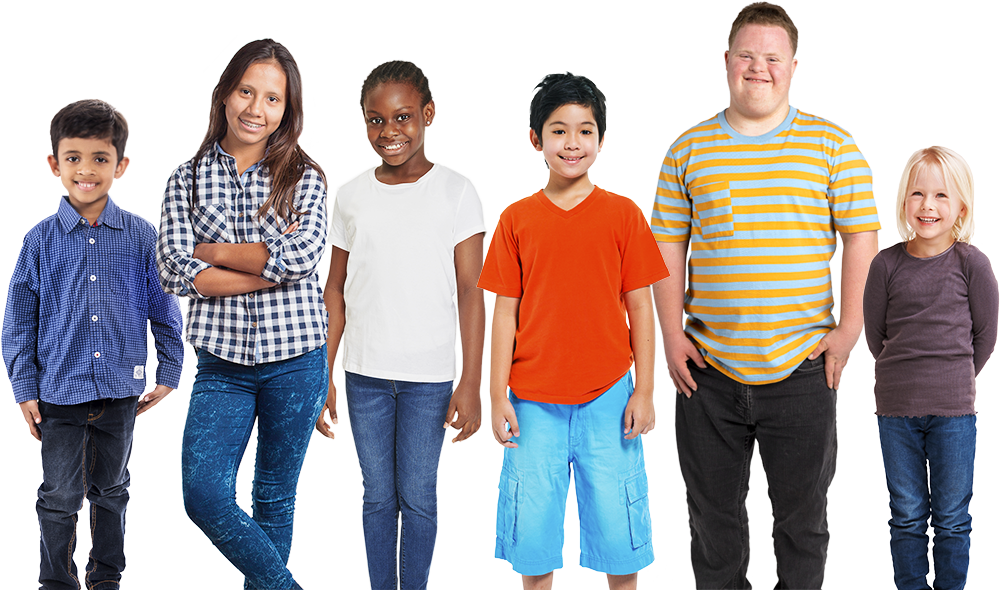
Be a Champion for Classrooms
Whether you’re an educator needing support or a supporter wanting to make a difference, TeacherGiving is here for you. Create an account or donate to help educators and enrich students’ learning experiences. Join us today and be a champion for classrooms!



